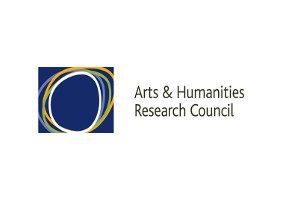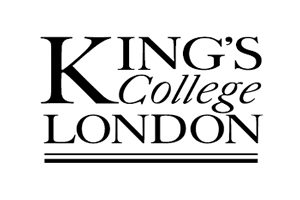Elizabeth Charlton’s Indian Cousins
Joanna Barker
I have previously published three blogs on the EMCO website entitled The Indian Connection. These give information about the family of Elizabeth Charlton, who married Matthew Montagu in July 1785. I have also published the Aspinwall family tree in our Family Trees section. Following a recent visit to India, I am able to add further details about this interesting family.
Frances Aspinwall travelled to India with her sister Elizabeth around 1734. They were both teenagers and appear to have been orphans. At this stage there were many young men working for the East India Company in Madras, Calcutta and Bombay, but a shortage of ‘respectable’ women. The two girls soon found themselves husbands, but both men died within a couple of years and the young widows re-married. Frances’ second husband was killed by Burmese bandits, leaving her with one daughter from her first marriage and two daughters from her second. It was her second daughter, Elizabeth Southby, who married Francis Charlton and gave birth to Matthew’s future wife (but unfortunately died a few days after the birth).
Frances’ eldest daughter, Frances Berriman, married Thomas Rumbold, who was Robert Clive’s aide-de-camp at the Battle of Plassey, and was later appointed Governor of Madras and made a baronet. Sir Thomas became one of the most notorious nabobs; on his return to England he was investigated by parliament, but like Clive before him and Warren Hastings seven years later, the case was dropped after years of delay.
Frances Berriman died in 1764 at the age of 26 whilst giving birth to her third child. She was buried in Calcutta, where her tombstone reads: ‘This monument is erected in memory of the many virtues she possessed and which made her truly admirable in the several relations of a child, a wife, a parent, and a friend’. Eight years later Rumbold married Joanna Law, daughter of the Bishop of Carlisle (the successor to Charles Lyttelton), with whom he went on to have five children. Thomas Rumbold took his family back to England in 1780 and arranged for his eldest son to become a Member of Parliament, but the young man died at the age of twenty-six. It appears that the children of Rumbold’s first marriage disliked their stepmother, and Rumbold fell out with his younger son, George Berriman Rumbold, leaving him nothing in his will. George became a diplomat but was involved in an unfortunate incident when he was arrested in Hamburg on the orders of Napoleon. He died of fever in Memel (now Klaipeda in Lithuania) and his children were left to make their own way in the world.
Frances Southby returned to England around 1769 and set up house in Mayfair with her unmarried daughter Catherine and her infant granddaughter Elizabeth Charlton, who after the death of her father Francis was left an heiress with a fortune of £50,000. They lived close to Elizabeth Montagu, who had moved into her grand house in Portman Square and was looking for a wife for her nephew Matthew. Despite her avowed dislike of nabobs, Montagu found both the girl and her inheritance attractive, and negotiated the marriage settlement with Mrs Southby and the male trustees.
After her husband’s death, George Rumbold’s widow took her children back to London, where she married Admiral Sir Sidney Smith. Smith moved to Paris to escape his creditors, and the three Rumbold daughters married there. Rumbold’s two sons, William and George, returned to India, where they became partners in a bank set up by William Palmer, whose main activity was lending money at eye-watering rates of interest to the Nizam, or ruler, of Hyderabad.
The story of the British Residency in Hyderabad has been told in William Dalrymple’s book White Mughals. The Resident (that is, the East India Company’s representative to the court of the Nizam) from 1798-1805 was James Achilles Kilpatrick, who married the daughter of a Muslim family (and may have converted to Islam to do so) and had two children who were taken from their mother and sent to England. William Palmer was himself one of three children born to an English father and an Indian mother.
Kilpatrick arranged for the British Residency to be rebuilt: its architecture is Palladian but inside it was decorated in spectacular Mughal style. It is now a women’s college and has recently been restored. Behind the residency is the British graveyard, and there I found the tombs of George and William Rumbold. Opposite them is the grave of William Palmer’s younger brother Hastings Palmer.
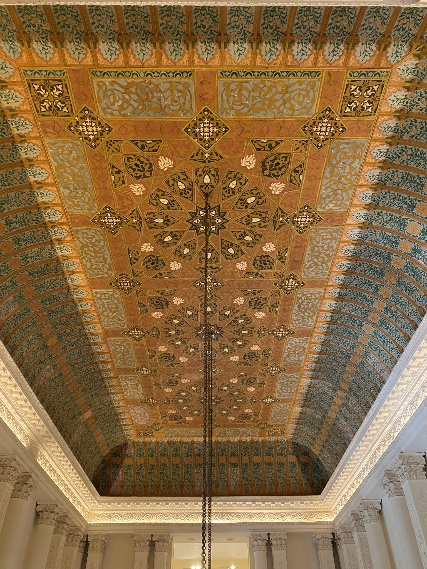
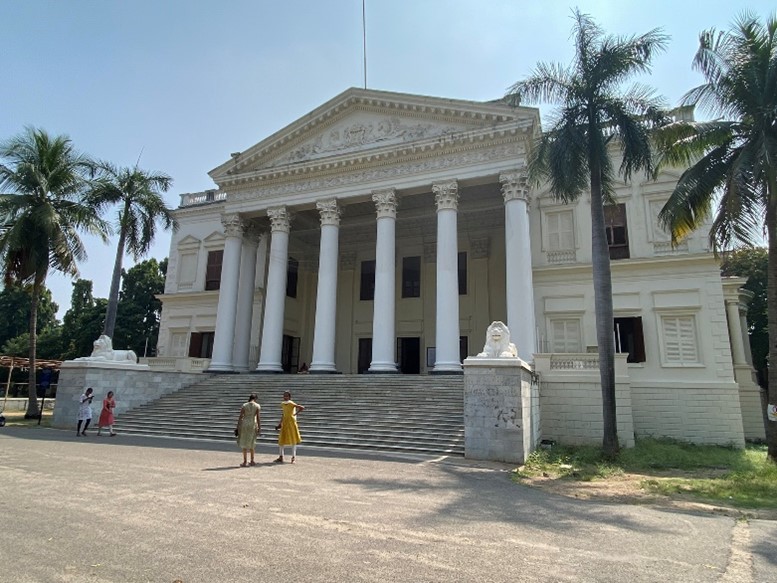
The British Residency, Hyderabad
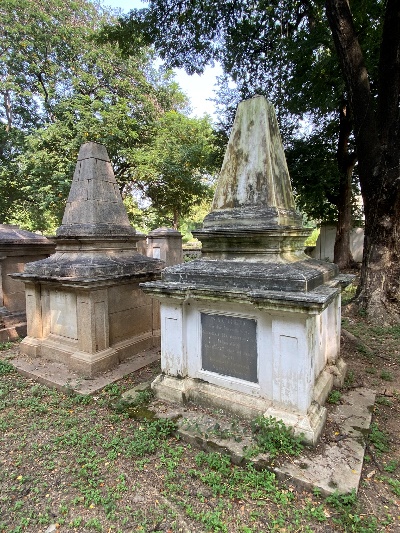
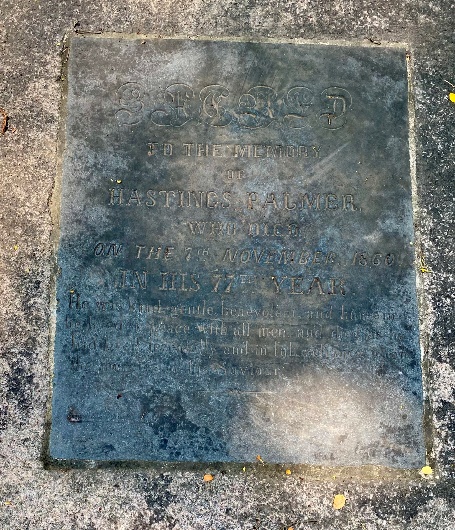
Tombs of William & George Rumbold Grave of Hastings Palmer, described as
‘gentle, benevolent & humane’
George Rumbold died unmarried at the age of 26: his tombstone describes him as ‘infinitely beloved’. William lived to the age of 45, by which time he had married and had ten children, four of whom died in infancy. (One of his daughters was to have a spectacular divorce, but that is another story.) William was caught up in the failure of Palmer’s bank, but he managed to make enough money to build a hotel in Ooty, in the hills of Tamil Nadu, which survives today as the Ootacamund Club.
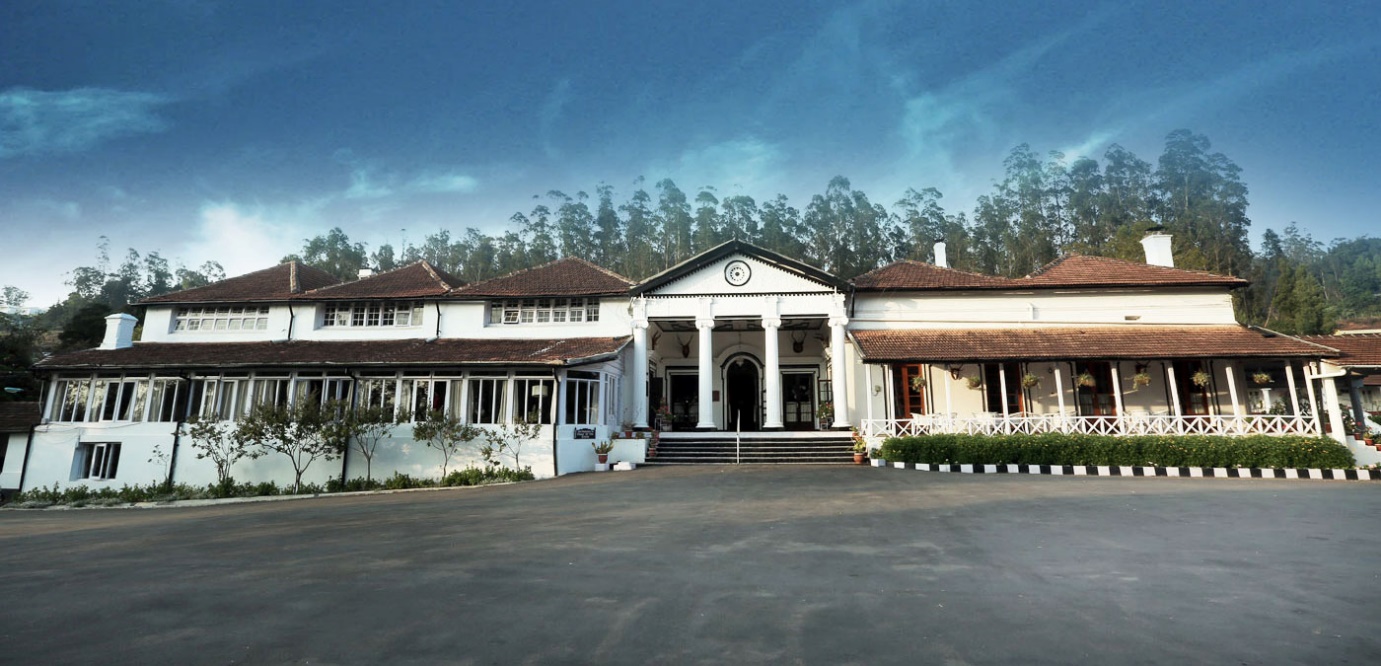 The Ootacamund Club, built by William Rumbold
The Ootacamund Club, built by William Rumbold
William Rumbold’s family were clearly in Ooty in September 1830, since that was where his youngest son was born and where his wife Henrietta died five days later. Her epitaph in the local church says that she departed this life ‘leaving a husband and six children to mourn for the loss of an angelic being, in whom all those qualities that inspire the purest affection and admiration were united with every feminine virtue’.
Mrs Southby lived to the ripe old age of 91. She had outlived all her four children and two of her four grandchildren, but on her death in 1808 she did not forget her great-grandchildren, the sons and daughters of George Berriman Rumbold: William, George and their four sisters all received small legacies. She left the residue of her estate to her granddaughter Elizabeth Charlton, who was by then Mrs Montagu.
Please note that all dates and location information are provisional, initially taken from the library and archive catalogues. As our section editors continue to work through the material we will update our database and the changes will be reflected across the edition.
Browser support: The website works best using the Chrome, Edge, and Firefox browsers on the PC, and only Chrome and Firefox on the Mac.


